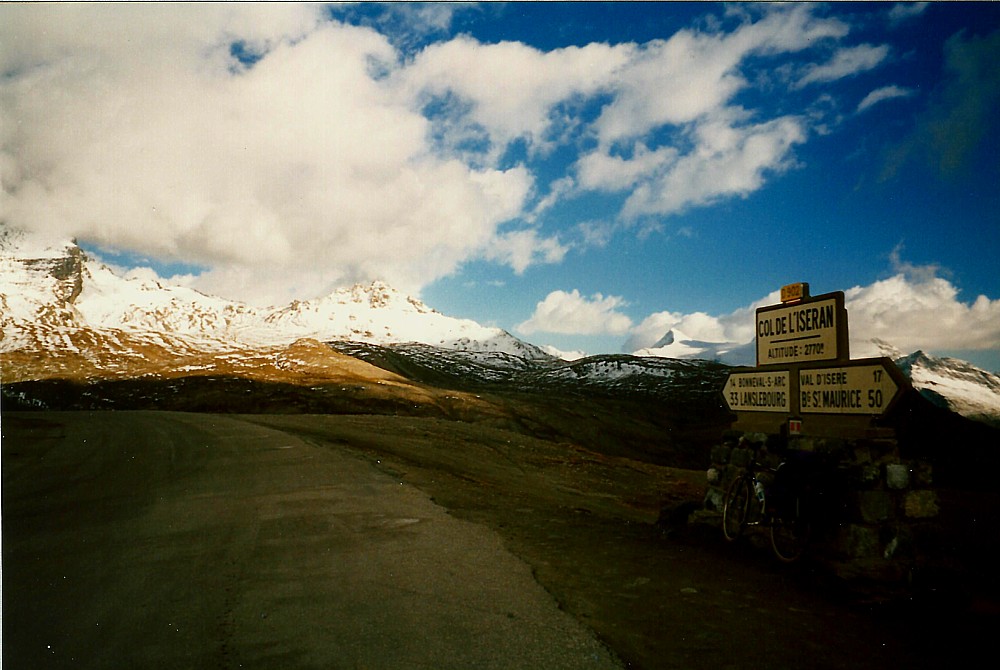
Iseran
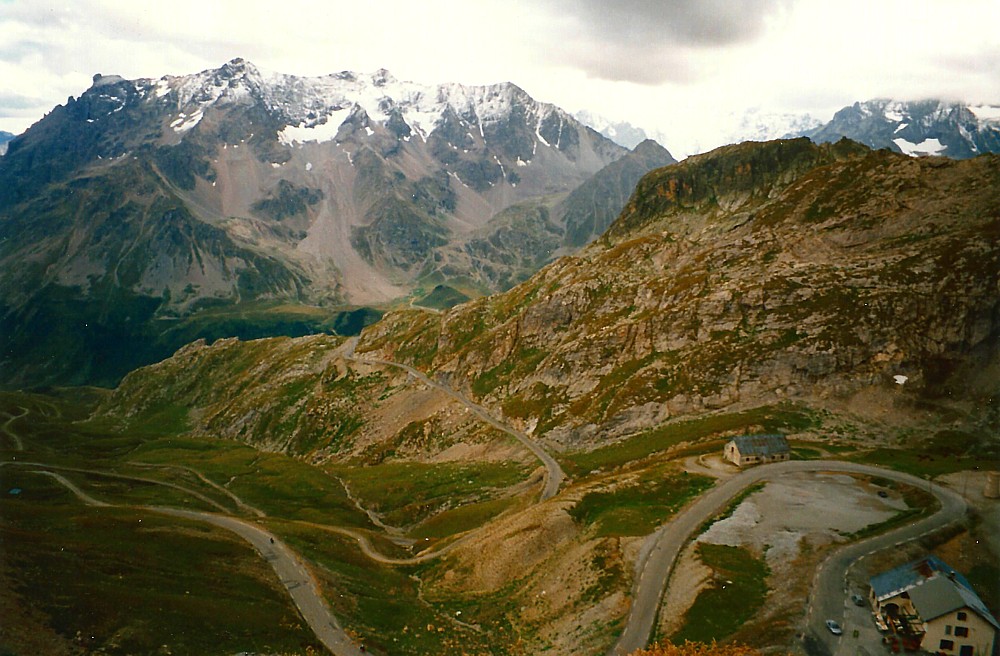
Galibier
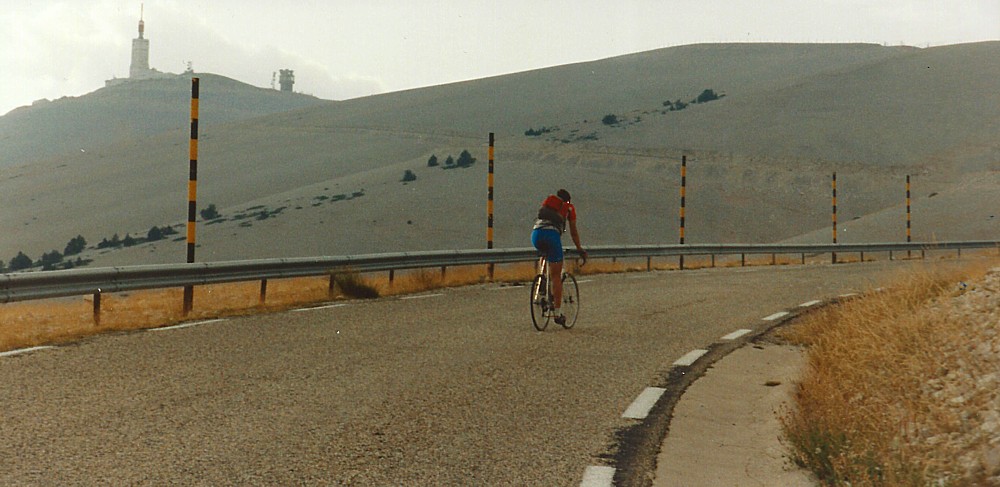
Ventoux
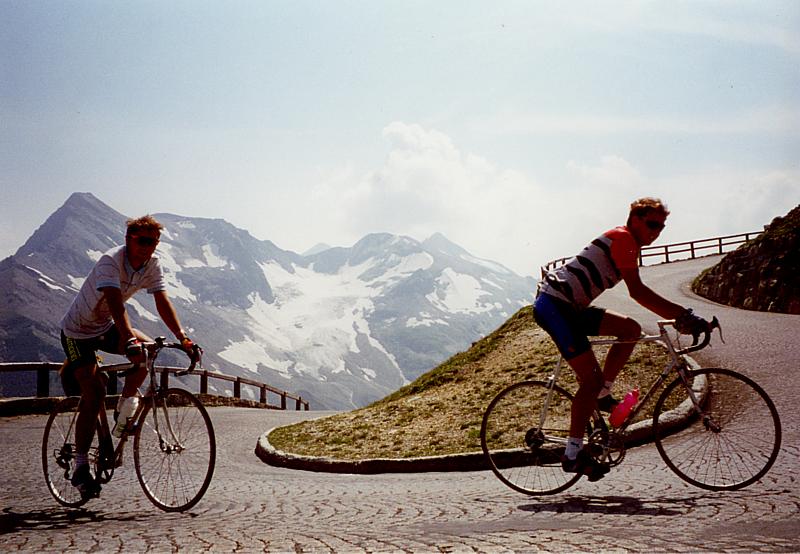
Grossglockner
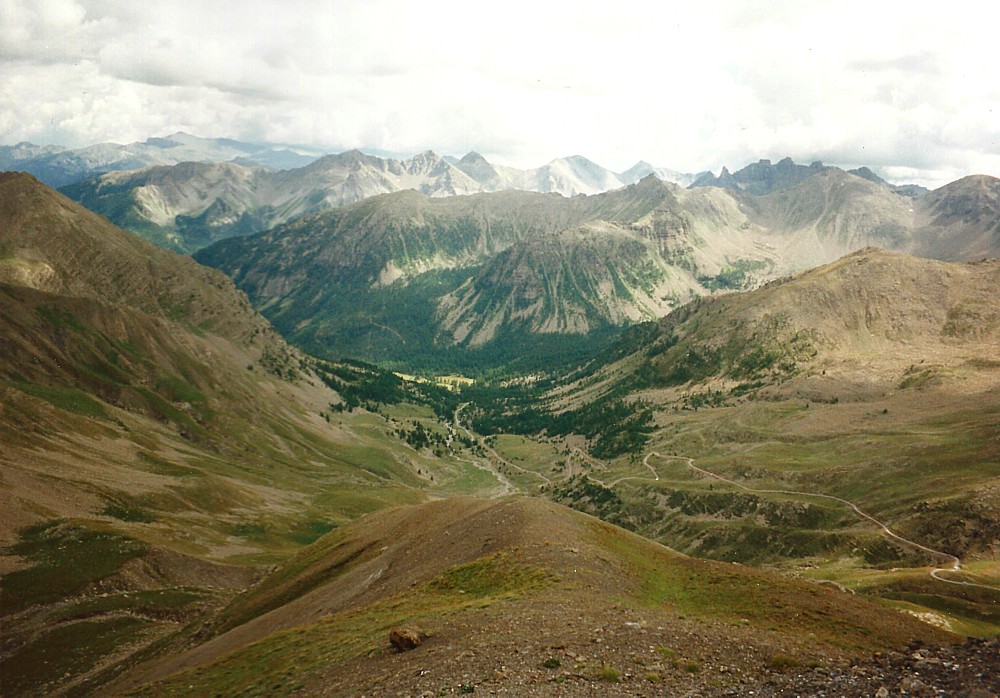
Bonnete
|
Climbing and crunching
There are several methods for measuring the difficulty
of a climb. I will discuss some of them.
1. The highest grade for at least 10
kilometer
These climbs are rated high in France Mont du Chat
10 Mont Colombis 9,80 Granon 9,4 Agnel 9,2 Luitel 9,05
Ventoux 9,05 Alpe d'Huez 8,9 Madeleine 8,1
A good method, but the climb must be at least 10
km.
2. The height difference
Some examples in France Galibier 2086 m Iseran 1986
m Val Thorens 1986 m Turini 1912 m Lombarde 1860 m
Parpaillon 1850 m Cormet de Roselend 1670 m Bonette 1642
m Ventoux 1609 m
The problem with this method is where to define the start
of the climb.
3. Combination of grade and altitude
gained
the
formula:
[ H^2 / D*10 ]
(height difference in meters) squared / (distance
travelled in meters * 10)
Source: Dutch bicycle-magazine FIETS
This formula has two components:
H * (H/D) -- altitude gained times mean grade
A 10 km climb with a height difference of 1000 meter
(grade 10%) will be rated at 10. This is of the same
rating as a climb of 5 km distance and 707 meter (14%) or
1 km and 316 meter (31,6%) height difference.
Here is a list of some climbs:
Name (country, region) - index start (height)
- Pic Du Midi Di Bigorre (France, Pyrenees) - 19,7
Luz st sauveur (2865 m)
- Pico Veleta (Spain, Sierra Nevada) -16,4 Granada
(3398 m)
- Monte Zoncolan (Italy, Alps) - 15,5 Ovaro
(1750 m)
- Grossglockner (Austria, Alps) - 14,1 Fusch (2575
m)
- Mortirolo (Italy, Alps) - 14,1 Mazzo (1852 m)
- Pic Du Canigou (France, Pyrenees) - 13,8
Villefranche (2175 m)
- Stelvio (Italy, Alps) - 13,6 Prato (2758 m)
- Parpaillon (France, Alps) - 13,4 La Condamine
(2645 m)
- Kitzbuhler Horn (Austria, Alps) - 13,2 Kitzbuhel
(1966 m)
- Monte Baldo (Nago) (Italy, Alps) - 13,1 Torbole
(1520 m)
- Telegraph/Galibier (France, Alps) - 12,8 St Jean
de Maurienne (2646 m)
- Ventoux (France, Provence) - 12,7 Bedoin (1909
m)
- Madeleine (France, Alps) - 12,5 La Chambre (1984
m)
- Port D'Aula (France, Pyrenees) - 12,3 Seix (2260
m)
- Monte Bondone (Italy, Alps) - 11,9 Trento (1645
m)
Some of the climbs mentioned above are non paved
(Pic du Midi, Pic du canigou, Parpaillon, Monte Zoncolan,
Port d' Aula).
Other examples for indexed climbs are: Pico de
Teide (Tenerife): 13 Col du Tourmalet (France):
10,9 Mont du Chat (France): 10,93 Gavia
(Italy): 10,6 Grand Colombier (Jura) 10,56
Cime de la Bonette (France): 10,4 Alpe d'Huez
(France): 10,0 Mt. Evans (highest paved climb in
USA): 9,3
Indexed climbs in Belgium and the Netherlands
Haussire (Belgium): 2,38 La Redoute (Belgium):
1,75 Huy (Belgium) : 1,5 Rosier(Belgium):
1,35 Wanne (Belgium): 0,80 Keutenberg
(Netherlands): 0,75 Eyserbos (Netherlands):
0,90
I personally use this formula. A climb of 6 is a
moderate climb. All climbs with a higher index than 8 are
difficult climbs.
Of course there are some remarks for this
formula.
This formula doesn't take account for other factors
like:
- not constant % incline, steep passages can make it
hard
- the condition of the road (paved or gravel)
- the weather (temperature/wind)
- the number of switchbacks
- the physical condition of the rider
- the weight of luggage
- the type of bike & gearing used
4. Sum of the squared grade for each kilometer
A even better but more complex formula is the sum of the
squared grade for each kilometer. This formula does take
account for the variation of the grade. You can also
calculate the total points for a race like the
Marmotte.
But you will need detailed information of the height for
each kilometer and it is difficult to calculate. Moreover
the ranking of climbs with the simpel formula fits
(according to my opinion) more the right order than with
this one. Very long but not steep climbs are rated with
this formula higher than with the other formula.
I have used the simpel formula several times, and it
seems to me a good indicator for the strength of a climb.
The Tdf-ranking fits also remarkable well.
Moreover it is better to feel than to calculate the
difficulty of a climb! For some practical experience
see:
Cycling
in the mountains
More discussions about steep climbs:
|

